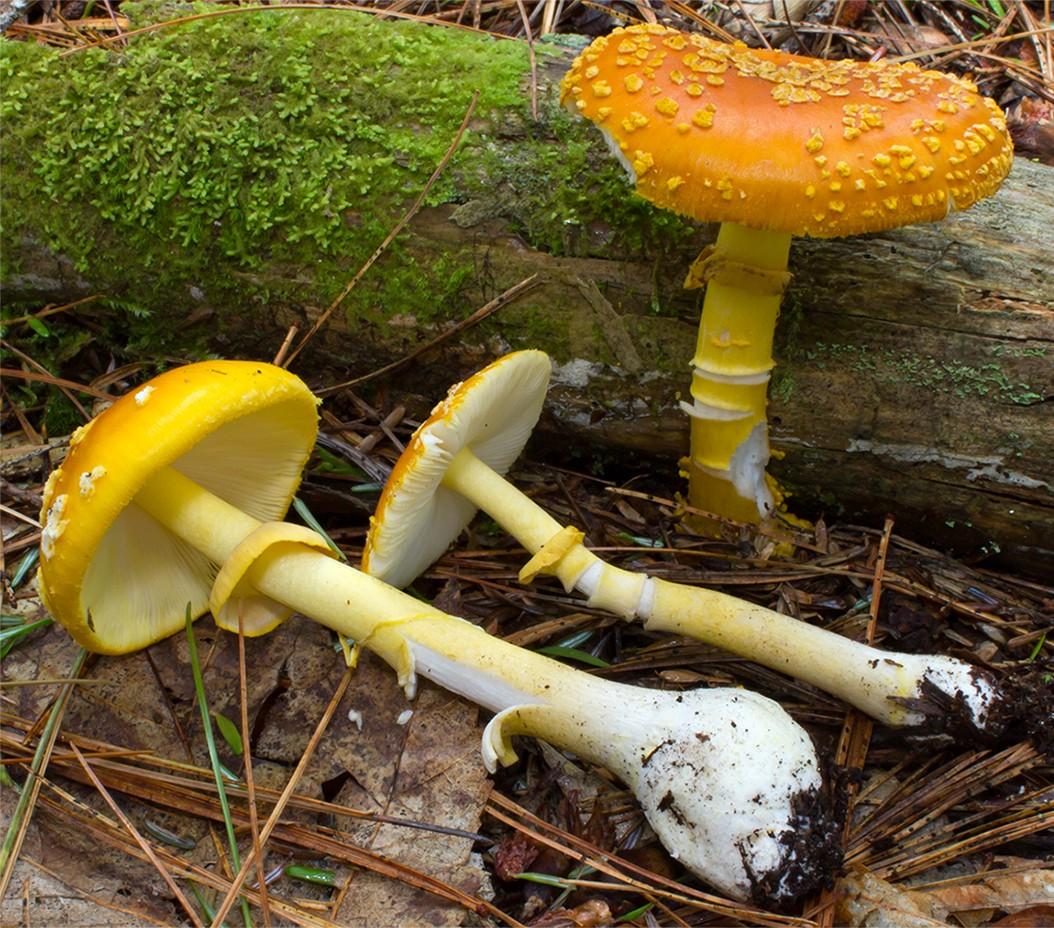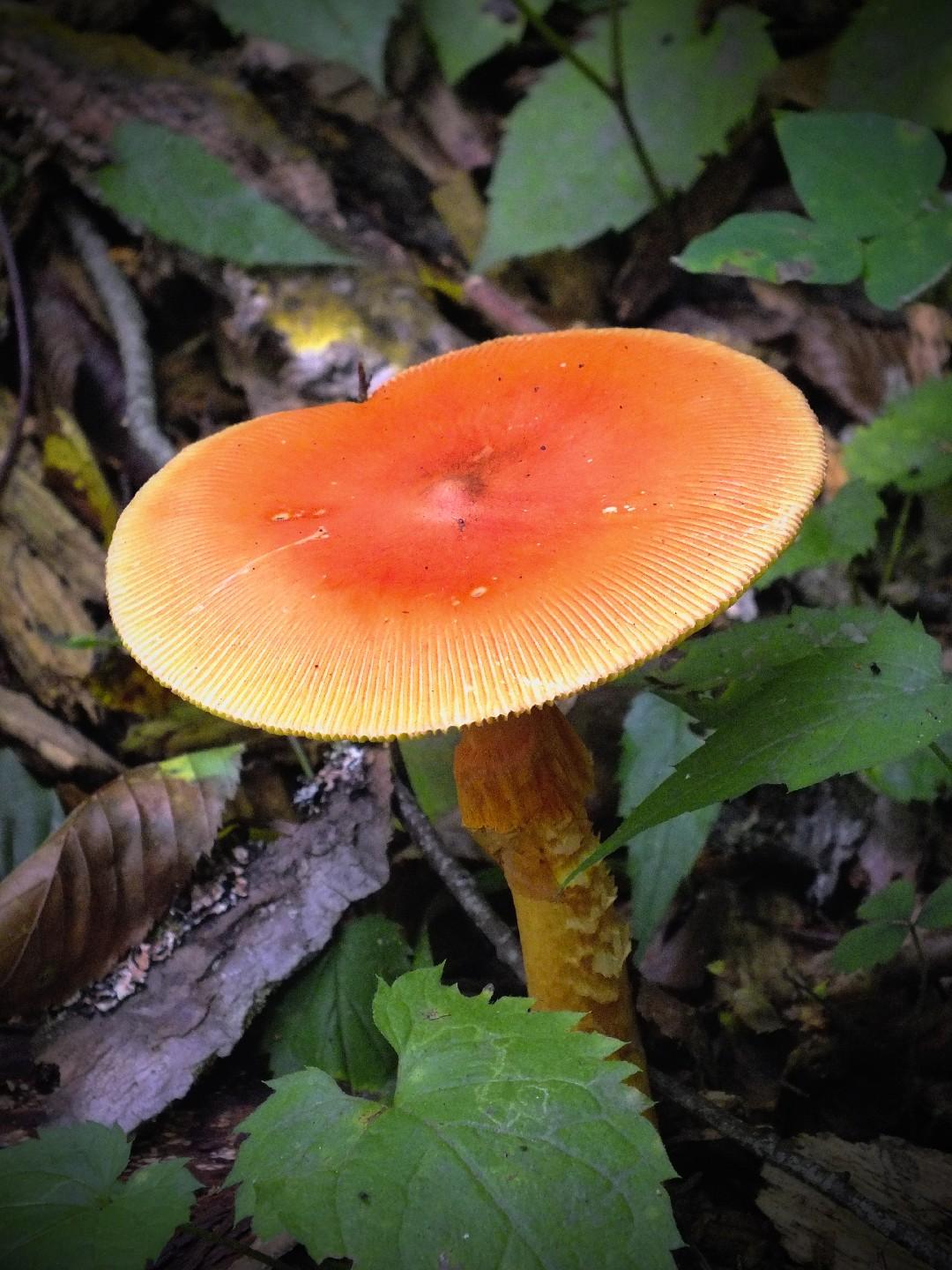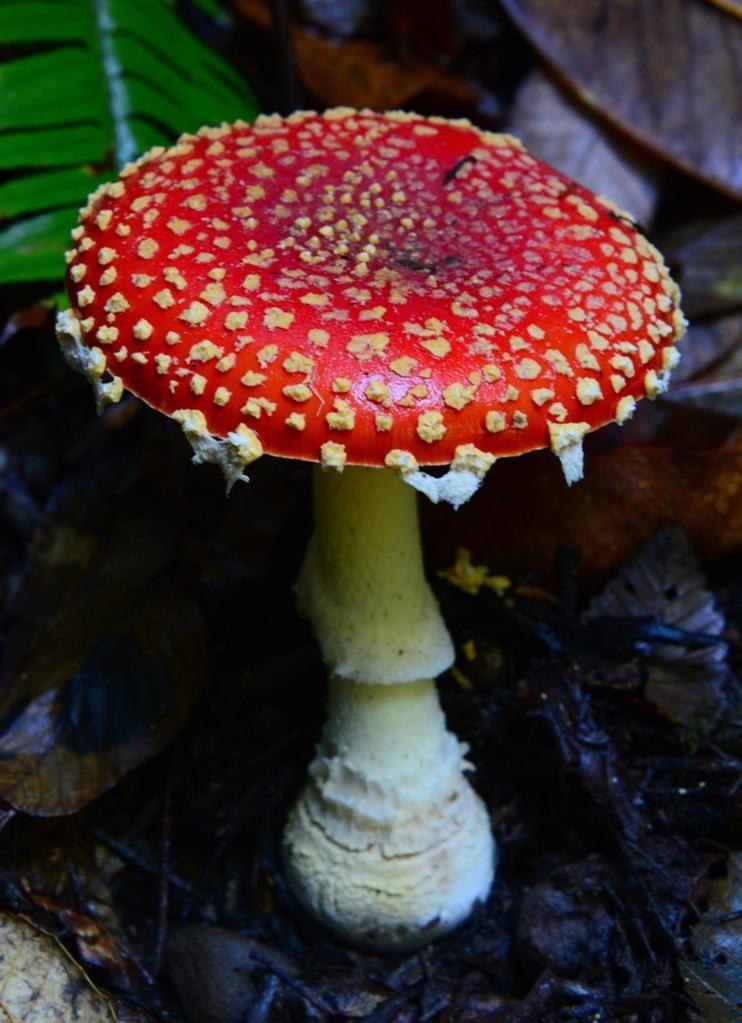

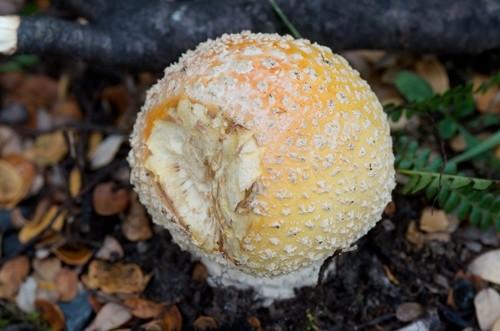
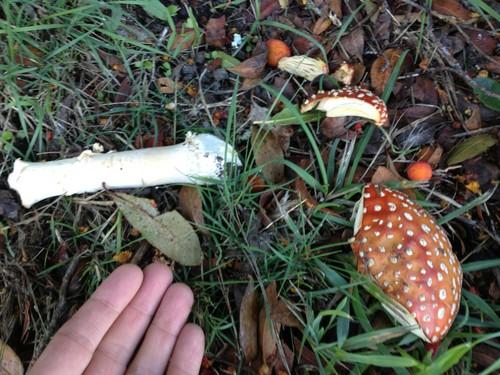
Fly agaric
Amanita muscaria
A species of Amanita mushrooms.
The distinctive form and hues of the fly agaric mushroom, which thrives in Northern Asian and European woodlands around the winter solstice and is gathered for seasonal ceremonies, remain widely recognized in European folklore and holiday customs. However, it is important to note its potent toxicity.
Attributes of Fly agaric
Scientific Classification of Fly agaric
Toxicity and Edibility of Fly agaric
Is Fly agaric Toxic?
Amanita muscaria, commonly known as fly agaric, is a poisonous mushroom that induces symptoms such as stomach discomfort, disorientation, and notable fluctuations in cardiac rhythm. It exhibits characteristic physical attributes that set it apart from benign species. This fungus is commonly encountered in diverse habitats throughout the year. Ingesting it carries significant health risks and is strongly discouraged due to its potentially fatal consequences.
Is Fly agaric Toxic to Dogs?
Fly agaric can be dangerous to dogs. If your pet has consumed this mushroom, seek immediate veterinary attention. Symptoms may vary, but early intervention is crucial for the best outcome.
